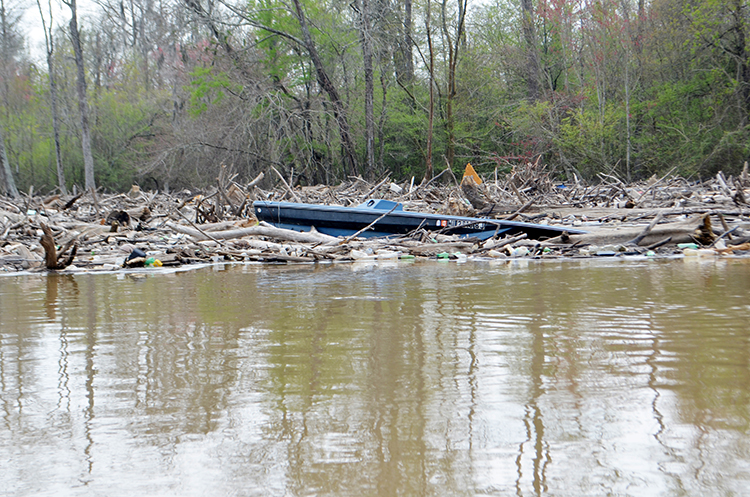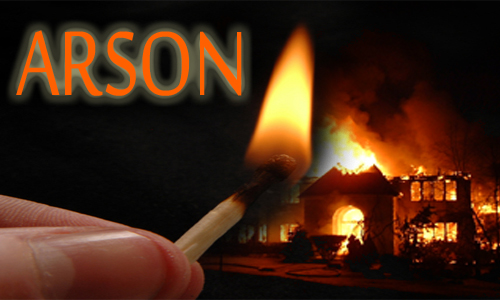Logjam frustrates residents, may have helped cause flood
Published 7:00 am Friday, April 8, 2016

- DAILY NEWS PHOTO/Jesse Wright A large logjam across the Pearl River in Washington Parish has been a source of contention for residents for years, but government agencies won’t move the logs because the cost outweighs any potential benefit.
Though there is a logjam across the expanse of the Pearl River between Louisiana and Mississippi, it’s not likely the river will get cleared anytime soon, if ever.
State Rep. Malinda White said she has been in discussion with representatives from the state’s Department of Wildlife and Fisheries and with officials at the U.S. Department of Fish and Wildlife Services, but the cost of removing the logjam outweighs any real benefit.
Joey Stewart, a resident who lives near the river and who is a frequent boater, said the logjam has been there for years. He fears it contributed to the river water backing up and flooding the area, including parts of Highway 21. Stewart says the government needs to keep public waterways open, and he blames their inaction in part on recent flooding.
“Water was flowing on Highway 21 because of the dam and because of the logjam,” Stewart said. “All of these obstructions are government-made.”
The dam he is referring to is a spillway near Poole’s Bluff.
“If it doesn’t get fixed, it’s going to be a real big problem, and if it doesn’t get fixed now then it’s going to become a more expensive problem to fix,” he said.
But hydrologists with the U.S. Army Corps of Engineers aren’t sure the logjam had much — if anything — to do with the March 11 flooding.
Greg Raimondo, the chief of public affairs for the Corps of Engineers’ Vicksburg office said based on Google Earth maps, it appears that a creek leading to the river and going under the highway might have played a bigger contributing factor than the logjam.
Raimondo said it could be that the culverts were not clear. Raimondo talked to hydrologists with the Corps, and he said without knowing the conditions beforehand, they couldn’t say what exactly contributed to the flooding.
“(The culvert) could have caused water to go over as well,” Raimondo said. “They couldn’t say specifically, but that’s a pretty good creek coming out of there. Then the final thing was they talked about a massive amount of rain. It was like nothing we’ve ever seen.”
Regardless, Raimondo said the Corps won’t be helping clear the Pearl River logjam anytime soon.
“We can’t do anything without an authorization and an appropriation from Congress,” he said.
White said logjams are natural in a river’s lifecycle. The river is changing its existing streambed course and that’s a part of its natural lifecycle.
White read from an email she received from the state’s Department of Fish and Wildlife, which stated, “These woody build-ups are a natural part of the riverine process of switching channels that has occurred for millenia. The river seems to want to abandon that channel, and this is part of that natural process. This may be a good teaching moment if nothing else.”
In addition, the logjam is so remote — not near any road or firm ground — and it doesn’t technically impede people.
“The location of this jam is remote and impossible to access with heavy equipment via land,” White said, reading from the same email. “It is also located below the Pearl River sill, which makes barge access extremely difficult. It also does not totally block downstream access, as the cutoff visible on the satellite maps can be used.”
If the state can prove that fish are harmed by the logjam, there could be federal money available. Although White said even that project would require Louisiana and Mississippi to work in concert to secure the funds for the job.
The bottom line, White said, “I don’t see them doing much because of the cost.”





